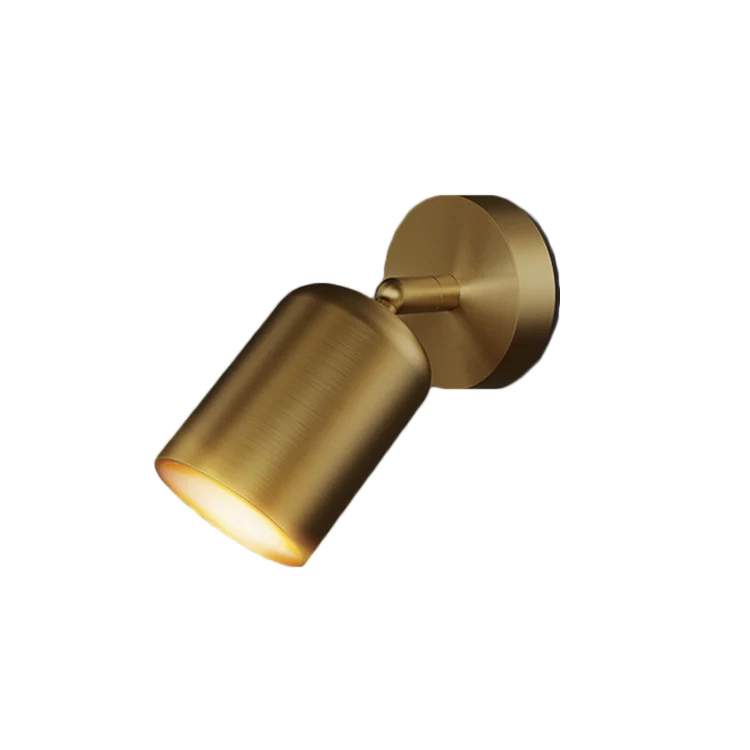LEAFLETS
PRODUCTS
The Most Comfortable Desk Lamps For Eye Health
Understanding the Impact of Light on Eye Health
Poor lighting is a significant contributor to digital eye strain, characterized by dry eyes, blurred vision, headaches, and neck and shoulder pain. This is largely due to the strain placed on the eyes when trying to focus in dim or harsh lighting conditions. Our eyes constantly adjust to varying light levels, and inadequate lighting forces them to work harder, leading to fatigue and discomfort. Conversely, well-designed lighting reduces this strain, allowing for more comfortable and productive work sessions. The correct light intensity, color temperature, and absence of glare are key factors in preventing eye strain and promoting overall eye health.
Beyond immediate discomfort, prolonged exposure to poor lighting can contribute to long-term eye health issues. Studies have linked inadequate lighting to the worsening of existing eye conditions and even an increased risk of myopia (nearsightedness) in children and young adults. Therefore, investing in a high-quality desk lamp is not just about comfort; it’s about protecting your long-term vision.
Color Temperature and its Importance
Color temperature, measured in Kelvin (K), significantly impacts eye comfort and productivity. Lower Kelvin values represent warmer light, often associated with a yellowish or orange hue. Higher Kelvin values represent cooler light, appearing more bluish-white. For desk work, a color temperature between 3000K and 4000K is generally recommended. This range mimics natural daylight and is considered the most comfortable for prolonged use, minimizing eye strain and enhancing focus.
Warmer light (below 3000K) can be relaxing and suitable for evening use, but it can appear too dim for detailed tasks. Conversely, cooler light (above 4000K) can be too bright and harsh, leading to eye fatigue and headaches. Finding the sweet spot within the 3000K-4000K range is vital for optimal eye health and sustained concentration.
Brightness and its Relation to Eye Strain
The brightness of a desk lamp, measured in lumens, is another critical factor. Insufficient brightness forces your eyes to work harder to see clearly, resulting in fatigue and strain. However, excessively bright light can also be uncomfortable and potentially damaging. The ideal brightness level depends on the size of the workspace and the task at hand. A general guideline is to have enough light to illuminate the work area evenly without creating glare or harsh shadows.
Adjustable brightness settings are highly desirable in a desk lamp. This allows you to customize the light intensity based on the time of day, the task at hand, and your personal preferences. The ability to dim the light can be particularly beneficial during evening hours or when working on tasks that don't require maximum brightness.
Flicker-Free Technology and its Benefits
Flicker, even if imperceptible to the naked eye, can contribute to eye strain and headaches. Older fluorescent lamps, in particular, are known to flicker, causing eye fatigue and discomfort. Modern LED lamps, however, generally offer flicker-free technology, ensuring a consistent and stable light source. Look for lamps specifically advertised as "flicker-free" or with a high CRI (Color Rendering Index) value to ensure minimal flicker and accurate color representation.
The absence of flicker significantly reduces the strain on your eyes and helps to maintain concentration. Continuous flickering forces your eyes to constantly readjust, leading to fatigue and discomfort. Choosing a flicker-free lamp can significantly improve your overall comfort and productivity while working.
Glare Reduction and Diffused Lighting
Direct glare from a desk lamp can be extremely irritating and damaging to your eyes. A well-designed lamp incorporates features to minimize glare, such as a matte finish on the shade, diffused light sources, and adjustable lamp heads. The lamp should not shine directly into your eyes, but instead provide a soft, even illumination of your workspace.
Look for lamps with adjustable arms and shades that allow you to direct the light precisely where it's needed while shielding your eyes from direct light sources. Diffused lighting, achieved through materials that scatter light effectively, ensures a more even and less harsh illumination, reducing eye strain.
Ergonomics and Adjustability
The physical design of the desk lamp also plays a role in eye health. A lamp with an adjustable arm and head allows you to customize the light direction and angle to perfectly suit your needs and prevent glare. Ergonomic features, such as a weighted base for stability and a flexible arm for precise positioning, enhance comfort and prevent unnecessary strain on your neck and eyes.
Consider the size and weight of the lamp. A heavy, bulky lamp might be cumbersome, while a lightweight lamp may be less stable. Finding a balance between stability and portability is essential for comfortable and effective use. The lamp should be easy to adjust and position without causing undue strain.
In conclusion, selecting a desk lamp that prioritizes eye health is a crucial step towards improving your comfort, productivity, and long-term well-being. By paying attention to color temperature, brightness, flicker-free technology, glare reduction, and ergonomic design, you can create a workspace that supports your visual health and allows you to work comfortably for extended periods. Remember that a good desk lamp is an investment in your eyes—and your future.SUBSCRIBE
INQUIRY










